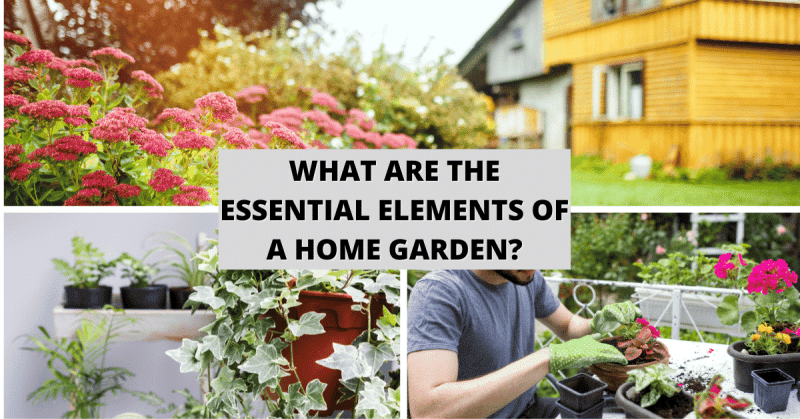Home gardens look glorious when they’re finally finished, but most people don’t often know exactly what you should have to make them look great. This guide helps you understand all the essential elements of a home garden that you need to start one.
The right place
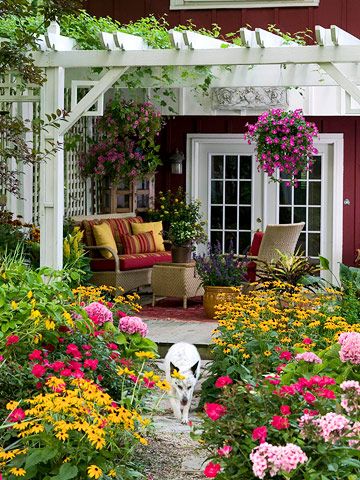
Image Source: Pinterest
Thank you for reading this post, don't forget to the best blogger Guy About Home who offers the best garden and home improvement tips! If you are a home decor and design fan, don't miss the tips on home ideas. If you are a home garden owner, then you might be interest in our complete guides to house plants!
A home garden needs to be located in a place where it gets sunlight most of the day.
Your garden needs to be located in a place that gets plenty of sunlight. Ideally, you want to find a sunny spot where it will get 8-12 hours of sunlight daily. The south side of your house is usually the best location — especially if you have a south facing wall. If possible, place your garden in a spot that is protected from the wind as well, since strong winds can damage plants and dry out soil too quickly.
Also make sure that your garden has good drainage and won’t become waterlogged when it rains heavily (allowing roots to rot). Finally, try and locate some kind of support system nearby: Trellises for climbing plants or vines are ideal but even planting next to a fence can work.
The right size
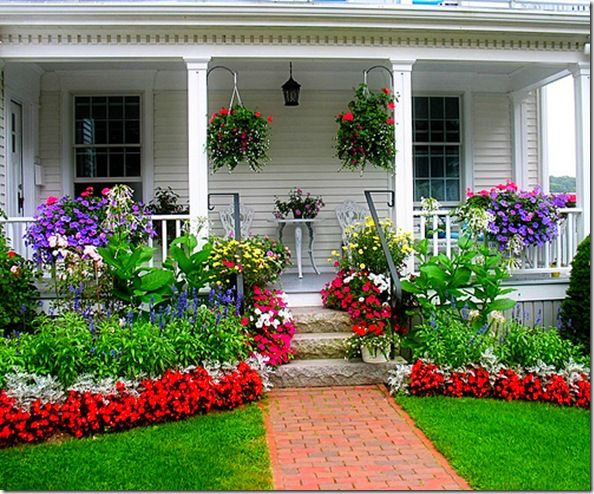
Image Source: Pinterest
You don’t need a lot of space as long as you have what you need.
When it comes to gardening, the adage that “less is more” is the best advice to follow. With a smaller garden, you are less likely to be overwhelmed with too much work and you can focus on fewer things at a time. No matter how large your yard may be, there will always be something you can grow. If you learn how to hack a home garden, you wouldn’t be too worried about the space you have available.
Even if space is limited, there are still creative ways to grow vegetables. You might consider growing some vegetables in containers or using raised beds. Vertical gardening and trellising also allow you to grow more plants in less space. By limiting the size of your garden, you should have no problem being successful as a beginning gardener.
The best soil type
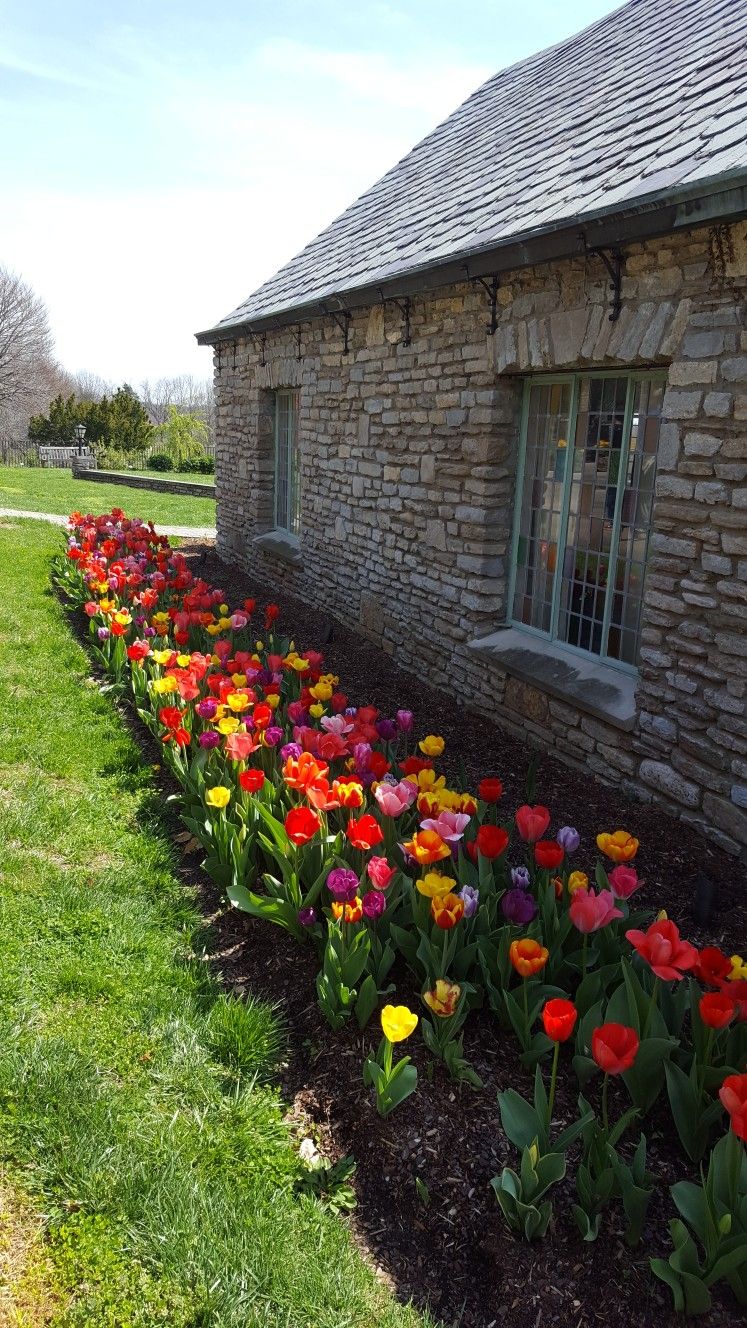
Image Source: Pinterest
Things will grow better if you choose the kind of soil that suits your climate.
The ideal soil texture is a combination of three things: sand, silt, and clay. When these are combined in a way that allows for proper drainage and ample water retention, you’ve got yourself some good dirt.
How do you know if your soil is too sandy or too clayey? You can test the texture of the dirt by taking a handful and squeezing it in your fist. If it holds together well without crumbling after you open your hand, there’s probably sufficient clay content. But if it crumbles as soon as you open your hand back up, there’s not enough clay present to sustain plant life. Don’t worry—this doesn’t mean you’re out of luck! There are plenty of ways to improve the composition of your soil so that plants thrive instead of withering away.
An irrigation system is essential.
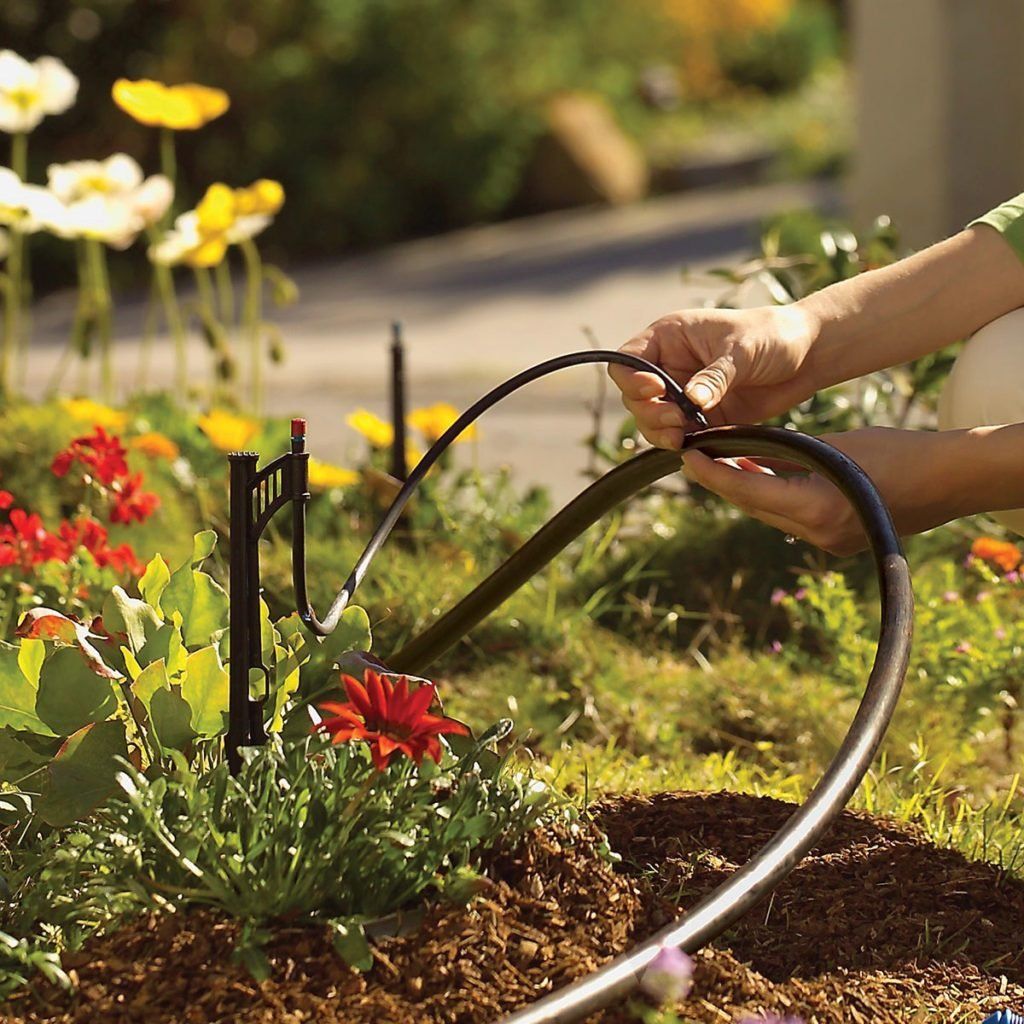
Image Source: Pinterest
First, let’s talk about irrigation. This is a part of gardening that people often overlook because it can seem too complicated, complicated in the sense that it seems like something you need to hire a specialist for and not just buy some sprinklers and hose. But trust me: it’s worth the investment. It’s the cornerstone of any successful garden.
Watering cans are simple—they’re essentially just big metal bowls with handles on them. They work on gravity so they don’t have to be filled all day long, but they do need to be emptied every couple days or so. The quicker you empty them, the faster your plants will grow.
You can substitute a watering can for an ordinary watering can if you want, but I find watering cans easier to manage and store since they’re portable. On top of that, they’re usually cheaper than other types of watering systems as well. Hoses are essential when it comes to sprinklers as well because they allow water to travel through them instead of being forced into them by gravity. Sprinklers always need more than one way to turn on because it’s important to use multiple methods of turning water on when you start out because sometimes one method isn’t enough for what you want your sprinkler system to do (i.e., irrigate every square foot of space in your garden).
Spigots make watering easy since everything you’ve worked hard for will be watered constantly throughout the day (this is especially true if you use a rain barrel). A spigot has two settings: open/close and high/low flow rates depending on whether or not how much water is going through it at each speed setting (you might never have both settings at once). Drip irrigation is more expensive than other types of irrigation systems; however, this type allows for precise placement over small areas like flower beds instead of spraying everywhere resulting in wastage and wasting time figuring out where exactly the plant needs water based off where the
Decorative elements
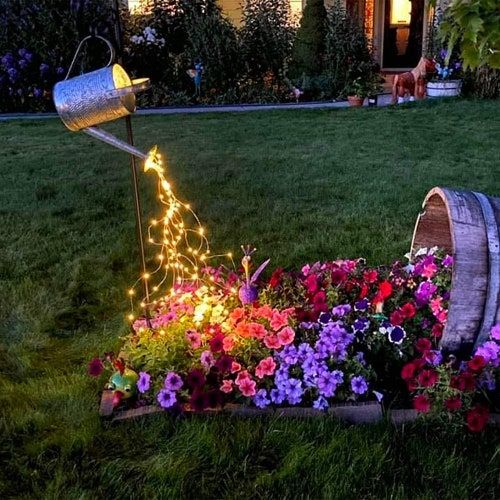
Image Source: Pinterest
One of the most important parts of home gardening is accessorizing your garden for comfort and aesthetic appeal. What better way to relax after a long day than by lounging comfortably in nature? It’s important to have plenty of places to sit and enjoy your garden, so consider adding some furniture. A bench or bistro set can provide a great place to enjoy the fresh air without sitting directly on the ground, as well as giving you a convenient place on which to put drinks, books, etc. Decorative elements also add interest and beauty to a garden. For example, birdhouses make wonderful accessories for gardens because they not only can serve their intended purpose but are also very attractive in themselves.
In Conclusion
Gardening can be a very rewarding pastime, but often it seems to be so intimidating. However, we hope the above-mentioned details would make the task less daunting for you.


